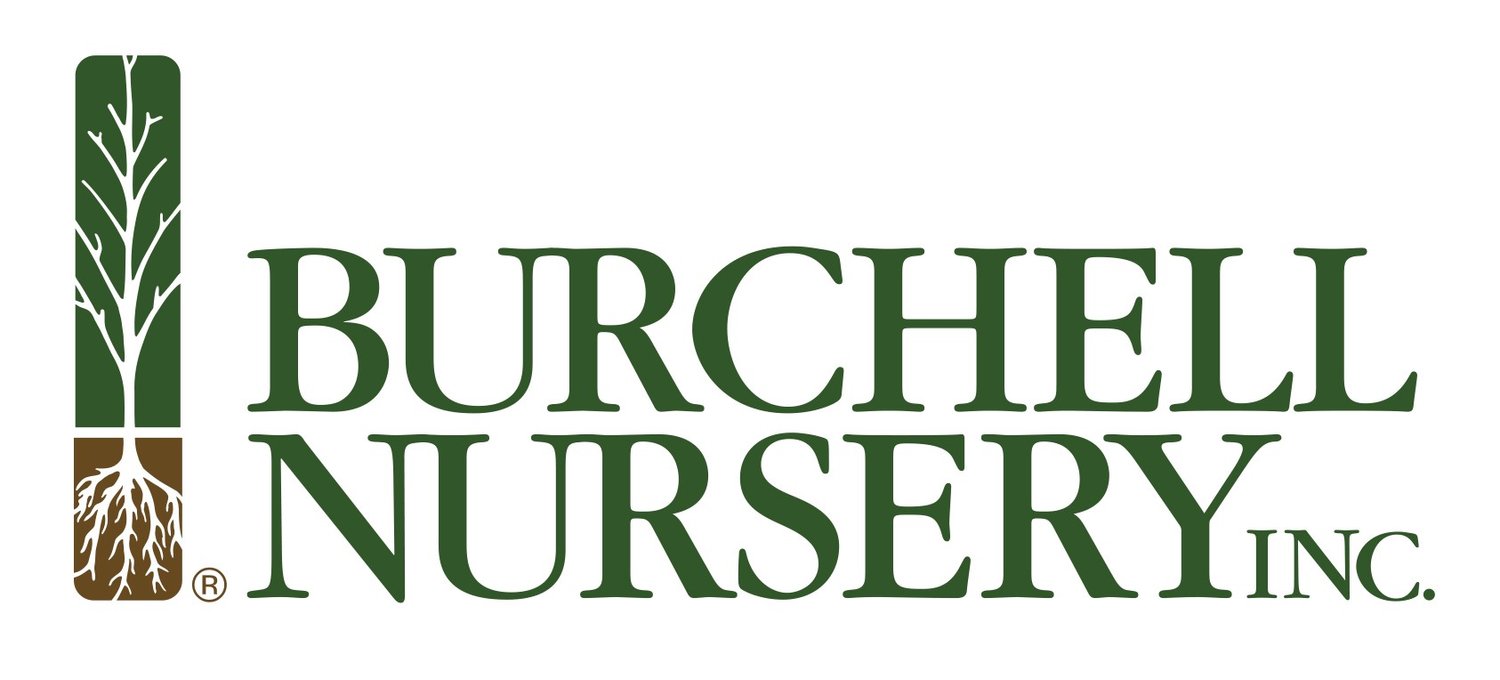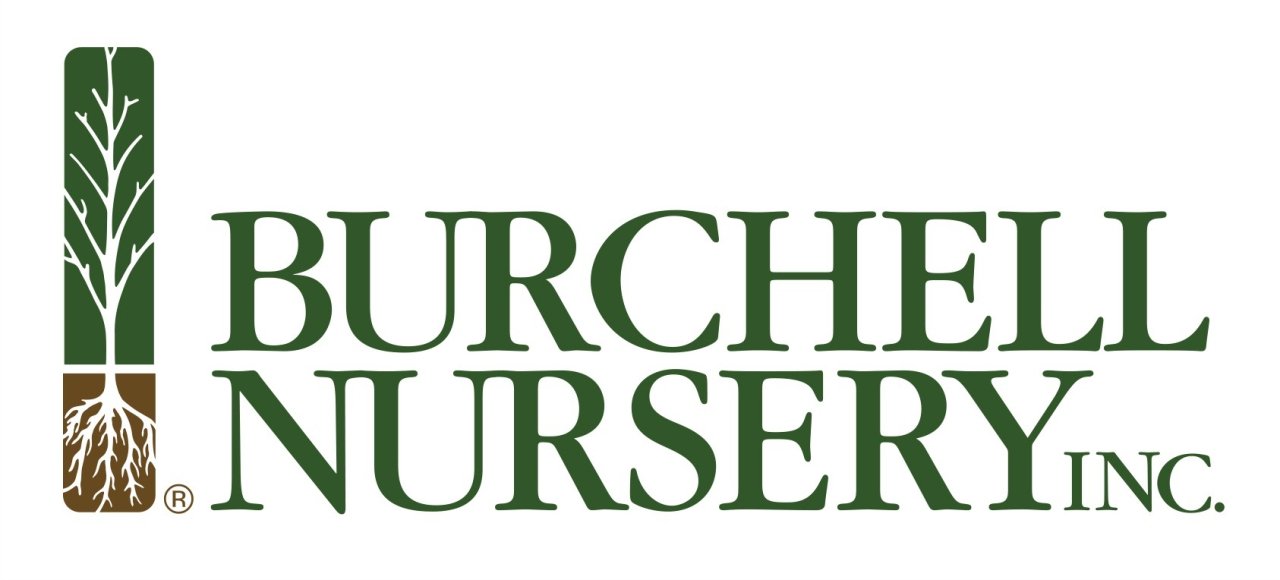Cherry Trees
We cannot tell a lie. First president, George Washington, supposedly chopped down his father’s cherry tree according to a biography written by former pastor and bookseller Mason Locke Weems. That story is widely thought to be fabricated. The truth is that no one would want to chop down a Burchell cherry tree. The powerful antioxidants and sweet taste of cherries make them a market bestseller.
Cherry Tree Rootstocks
We offer you a choice of 20 varieties of Cherries (4 Patented) on these rootstocks.
Mazzard, Mahaleb, EMLA-Colt, Gisela® 5 (PP#9,622), Gisela®6 (PP#8,954), Gisela®12 (PP#9,631) and Maxma 14® brokforest cv.
Burchell Nursery provides its customers with the utmost planting flexibility by offering most varieties as Ready Start® Potted Trees. Please consult with your field reps for Healthy Start Trees’ current availability and pricing.
Cherry Varieties
-
Benton® cv.’PC7146-8′
(PP#15,847), Noted for its large, high quality dark red fruit of superior flavor, and early ripening time, a few days before Bing. Blooms later than Bing, consistently crops well, has lower susceptibility to rain cracking than Bing, and is self-fertile. Developed as part of a controlled breeding program at the Washington State University Irrigated Agriculture Research and Extension Center at Prosser, WA.
Ripens 2–3 days ahead of Bing
-

Bing
The leading sweet cherry that has set the standard in California. It produces large fruit that is firm and juicy sweet. Pollinators include Black Tartarian, Brooks, Early Burlat, Rainer and Lapins.
Ripens late May–early June
-

Black Tartarian
A small black fruit that is very soft. The tree is very upright and blooms early and the fruit set is heavy. It is also an excellent pollinator for Bing.
-

Brooks
A very large fruit that is firm with an exceptional flavor. There are very few doubles in the fruit set in hotter climates. It is susceptible to severe cracking in the rain. Pollinators for Brooks are Bing, Rainer, Early Burlat and Tulare.
Ripens 10–14 days ahead of Bing
-

Chelan
(PP#8,545), A dark red fruit. The growth has not been found to be vigorous, but the fruit tends to set very heavy. Fruit set needs to be managed to obtain its large size. Pollinators include Index and Bing. It should be noted that Chelan is not compatible on Mahaleb.
Ripens about 2 weeks ahead of Bing
-

Coral
Coral is a low-acid cherry with glossy dark flesh and very sweet flavor that is similar to Bing. The fruit is firm and large to very large. Coral requires a pollenizer. Both Bing and Brooks work well.
Ripens early season
-

Early Burlat
Early Burlat is a very early ripening cherry. The fruit tends to be on the soft side but it is an excellent pollinator for Bing.
Ripens ahead of both Brooks and Chelan
-
Index™
(PP#10,459), Has a medium to large, firm dark red fruit that has an excellent flavor. While it blooms ahead of Bing. Index™ is self-fertile with moderate incidence of rain cracking, similar to Bing. The tree was developed at Washington State research facility in Prosser Washington.
-

Lapins
Lapins is a self-fertile cherry that has excellent quality fruit that is resistant to cracking. It is a good backyard cherry because you can plant just one tree. While Lapins is self-fertile, it also acts as a good pollenator for other sweet cherries.
Ripens late June–mid July
-

Rainier
A large, sweet cherry. The color is blush-red over a white-yellow background. The texture of the fruit is firm. Rainer is a cherry that tastes great right off the tree.
Ripens just after Bing.
-
Regina™
Excellent tolerance to rain-induced fruit splitting. Blooms 3–4 days later than Bing. One of the best of late-blooming varieties in terms of fruit size and quality. The parent tree(s) of the new variety was discovered in a cultivated area in Jork, Hannover, Germany.
Ripens late season
-
Santina™
Santina is an early, black cherry with better than average fruit size, that matures about 8 days before Van. It is moderately firm, and the skin has a highly attractive, bright luster. This cherry is oval-shaped with a medium long stem. The flavor is good and it is moderately sweet. The tree is self-fertile. It is considered to be moderately tolerant to splitting but appears to be prone to nose splitting when it does split.
Ripens 8 days ahead of Bing
-

Skeena™
The flavor is strong and of high-quality. The fruit is large, similar in size, or slightly larger than Lapins, however, unlike Lapins, the fruit grows in relatively loose clusters. The tree is open and therefore, easier to grow than Lapins.
Ripens at about the same time or slightly later than Lapins
-

Sweetheart
A bright red, medium size, self-fertile cherry known for its sweet juicy flavor and beautiful shipping appearance. Resists cracking. Sweetheart is a cross of Van and Newstar.
Ripens mid-July
-

Tulare
Produces fruit which is virtually non-doubling, firm, with excellent storage and shipping characteristics. Fruit is uniform average size with a full, dark red color.
Ripens 10 days ahead of Bing
-

Utah Giant
Fruit is larger and firmer than Bing or Lambert with an outstanding flavor. Flesh color is dark red and sweet. Blooms with Bing. Fruit sets in large clusters and retains firmness, flavor and color throughout processing. Requires pollinator such as Black Tartarian or Van.
-

Van
Medium size, very firm, well-colored fruit. Resistant to cracking. Somewhat resistant to spurs and doubles.
Ripening dates shown are approximate for Fresno in California and may vary with season and location.



